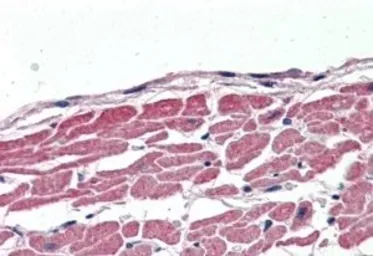SLC12A6 antibody, Internal
Cat. No. GTX88947
Cat. No. GTX88947
-
HostGoat
-
ClonalityPolyclonal
-
IsotypeIgG
-
ApplicationsWB IHC-P
-
ReactivityHuman

